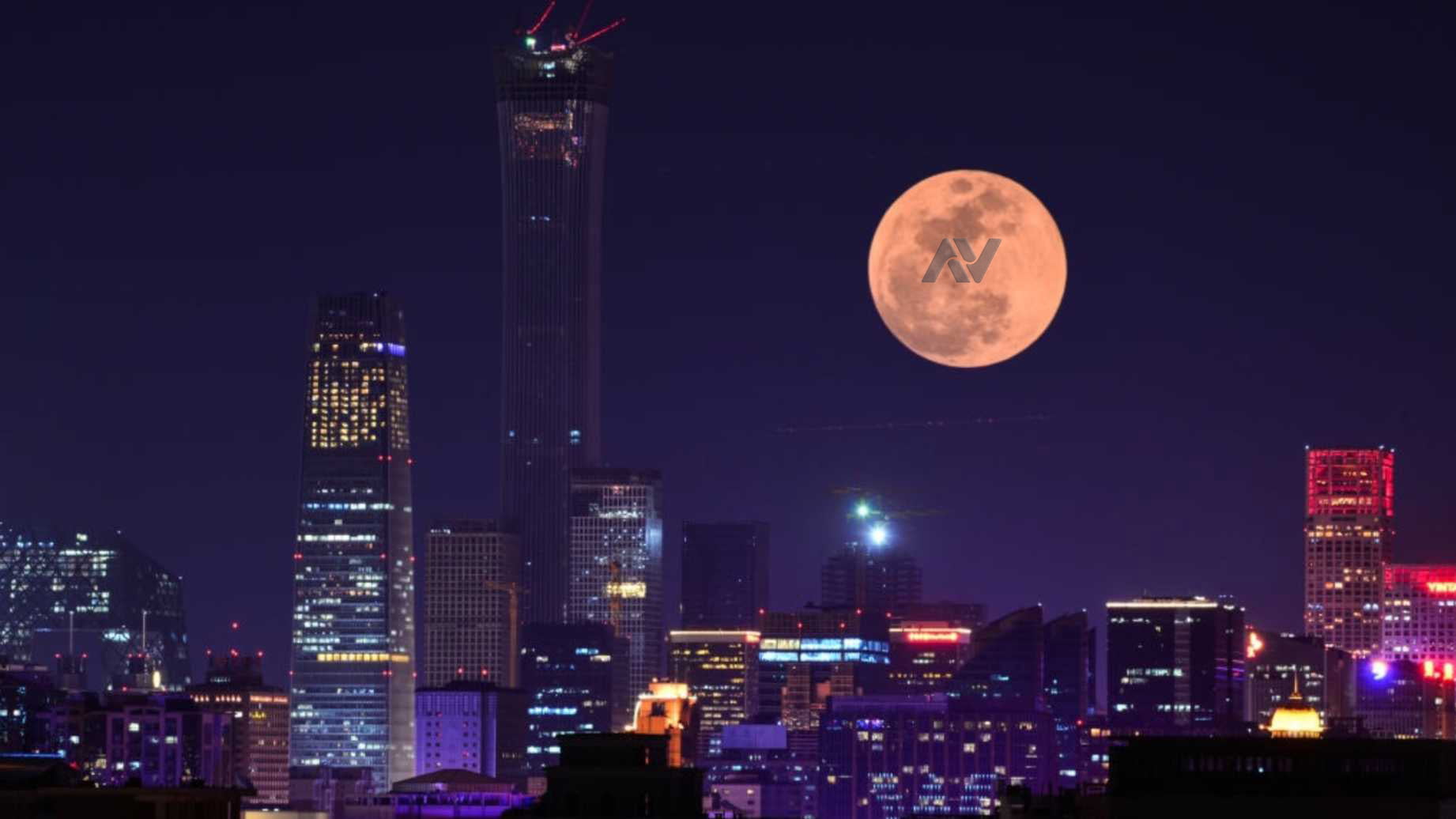Artificial Moon – China’s Next Biggest Plan

Idea Behind Artificial Moon
Its purpose is to provide alternate means of road lighting and save on electricity. Since then, this idea has not only received extensive coverage but has also been seen with some suspicion. Last week, Chinese media reported plans by a private institution to launch “artificial moon” on Chengdu city in Sichuan province by 2020. Information about the project is still incomplete. The People’s Daily Online, the first person to report it, said that the artificial moon would be a mirror in Chengdu orbit at a height of 500 km. It will reflect the sunlight at night and will complement the street lights in Chengdu, which has a population of 1.6 million. The project was announced by Woo at an Innovation and Entrepreneurship Conference in Chengdu on October 10. The man-made moon can replace streetlamps in urban areas, which will save 1.2 billion yuan ($ 170 million) of electricity cost for Chengdu if man-made moon exposes the area of 50 square kilometres. Light can also be helpful in the disaster area during the blackout. In addition to Tian Fu New Area Science Society, Harbin Institute of Technology and China Aerospace Science and Industry Corp are also involved in the development of man-made moons. China is not the first country that is trying to make artificial lights with the help of sunlight. In the 1990s, Russian scientists used large mirrors to reflect light from space in an experimental project called Jannya or Banner.

How Artificial Moon Is Different?
Guess it China has announced plans to launch “Artificial Moon” in our sky by 2020. And, as it seems, in the form of a mad, in fact, it has not been so for the first time. but first. China’s new plan, as stated in China Daily, China is planning to launch “Light Satellite” in the classroom above Chengdu City. In fact, the four-light satellite. The first and the next three as the proof of concept in 2020 as the real deal in 2022. There is still a ton of details about satellites, such as how big they are or how they will be made, but we do know that they will be covered with a coating which is reflected and almost like the moon. is? Which means anything. At a proposed distance of 500 km, a satellite is expected to illuminate an area between 10 to 80 km with a light around “8 times shiny” compared to the Moon. If all plans are made, then scientists believe that the moon will replace road lights in urban areas and save lakhs of people in the cost of electricity annually. They can also help to reduce the roads during natural disasters and blackouts.

Artificial Moon Research History
The same benefits are what Russia had tried to do something 20 years ago, which was called Project Znamayi. In 1993, Russia successfully deployed its prototype of light satellites about a 20-meter reflective film that would appear in space. For a few hours, it climbed 200 meters on earth, became a 5 km wide spotlight on Europe. But, that light went on only 8 km/hour, which means that most people saw a flash in the sky. After all, it fell out of the classroom and burned on re-entry. A few years later the Russians tried this with a 25-meter mirror this time. However, the satellite failed to deploy, and it fell quickly from the orbit. There was a plan to launch one-third, even bigger mirrors, but the project faced serious budget issues and was later abandoned. So China’s plan is essentially picking up where Russia was abandoned, keeping in mind its mistakes and doing something that would actually work, right? Well, as critics have pointed out, this does not seem to be the case. The first with China’s proposed plan, and perhaps the biggest issue relates to the height of the class.

Artificial Moon Future
For the satellite to track a city on Earth, it should be in geological orbit approximately 36,000 km from the Earth. In the proposed 500 km, China’s satellites will have to face the same problem that Russia had done, roaming around the Earth, quickly exposing random places to each other’s part, because they are not really goals. And even if there was a 500km typo, and that means 36 thousand, at that height extraordinarily large hundreds of meters, would be needed to reflect a lot more on the Earth. And in the article it is not specified how big China’s mice will be, it may be prohibitively difficult to launch something substantial. Critics also said that there is no mention of any type of thrusters or fuel on these satellites. And possibly, it will need to be out in space, such as the Russian mirrors, satellites will experience drag and solar radiation, which will eventually put them out of the classroom. The cost of early fuel and subsequent refuelling missions can be higher than any savings in the cost of electricity on earth.

Conclusion On Artificial Moon
According to the report, researchers from many universities and institutions have seen the plan and have cured it for testing, so perhaps we do not have all the details. If this is the case, and the plan works, then should we be worried? Many scientists have expressed concern that these satellites will increase the problems of light pollution already present. Extra light from cities today changes the sleep cycle of animals, sleep cycle of humans, and disrupts the approach of space astronomers. And a project of this scale will potentially ruin those problems. It is not clear in the reports that whether the Chinese government has given any kind of official assistance to these plans, therefore, I think we have to wait and see whether any new moon exposes the sky or not. One last thing, the engineer who started the Russian satellite project actually wanted to test solar cell technology but found that the possibility of daylight-extensions was very easy to obtain funding.



